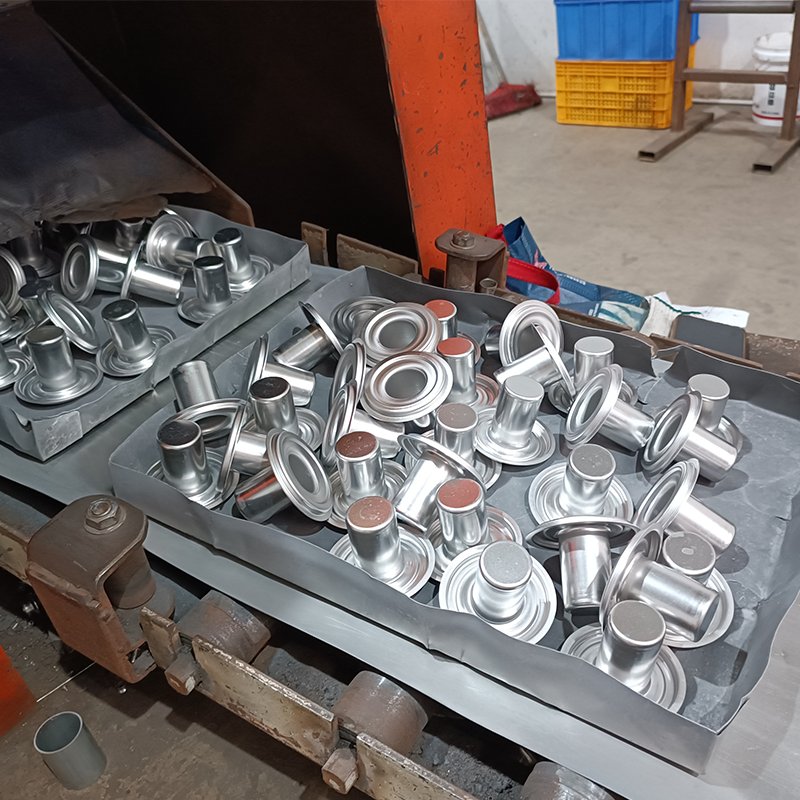How to Prevent Decarburization During Heat Treatment
May. 31, 2025
During the heat treatment process, decarburization can significantly reduce the surface hardness, wear resistance, and fatigue strength of workpieces, so effective measures must be taken to prevent it. Here are several commonly used methods to prevent decarburization:
1.Use of Protective Atmospheres
Controlled Atmosphere Heat Treatment: By introducing a controlled atmosphere (such as nitrogen-based, endothermic, or exothermic atmospheres) into the furnace, oxidation and decarburization can be effectively suppressed. The controlled atmosphere adjusts the proportion of gas components (such as CO, H₂, N₂, etc.) to create a reducing or neutral environment inside the furnace, thereby preventing the workpiece surface from coming into contact with oxygen.
Vacuum Heat Treatment: Conducting heat treatment in a vacuum environment can completely avoid oxidation and decarburization. Vacuum heat treatment is suitable for high-precision, high-requirement workpieces, but the equipment cost is relatively high.
2.Application of Anti-Decarburization Coatings
Applying anti-decarburization coatings on the workpiece surface forms a protective film that isolates the workpiece from the furnace atmosphere, thus preventing decarburization. Commonly used anti-decarburization coatings include glass enamels, ceramic coatings, and metallic coatings.
Anti-decarburization coatings are suitable for workpieces with complex shapes or produced in small batches, offering simple operation and low cost.
3.Optimization of Heat Treatment Process
Rapid Heating and Short Holding Time: Minimize the time the workpiece spends at high temperatures to reduce the likelihood of decarburization.
Control of Heating Temperature: Avoid excessively high heating temperatures, as high temperatures can accelerate the decarburization reaction. Select an appropriate heating temperature based on the material properties.
4.Control of Furnace Atmosphere
In conventional box furnaces or pit furnaces, decarburization can be prevented by controlling the oxidizing or reducing nature of the furnace atmosphere. For example, introducing reducing gases (such as hydrogen) into the furnace can create a reducing atmosphere.
Attention should be paid to the uniformity and stability of the furnace atmosphere to avoid local oxidation or decarburization.
5.Selection of Suitable Materials
For materials prone to decarburization, alloy steels with better anti-decarburization properties can be selected, or surface treatments (such as carburizing or nitriding) can be employed to increase surface hardness and reduce the impact of decarburization.










